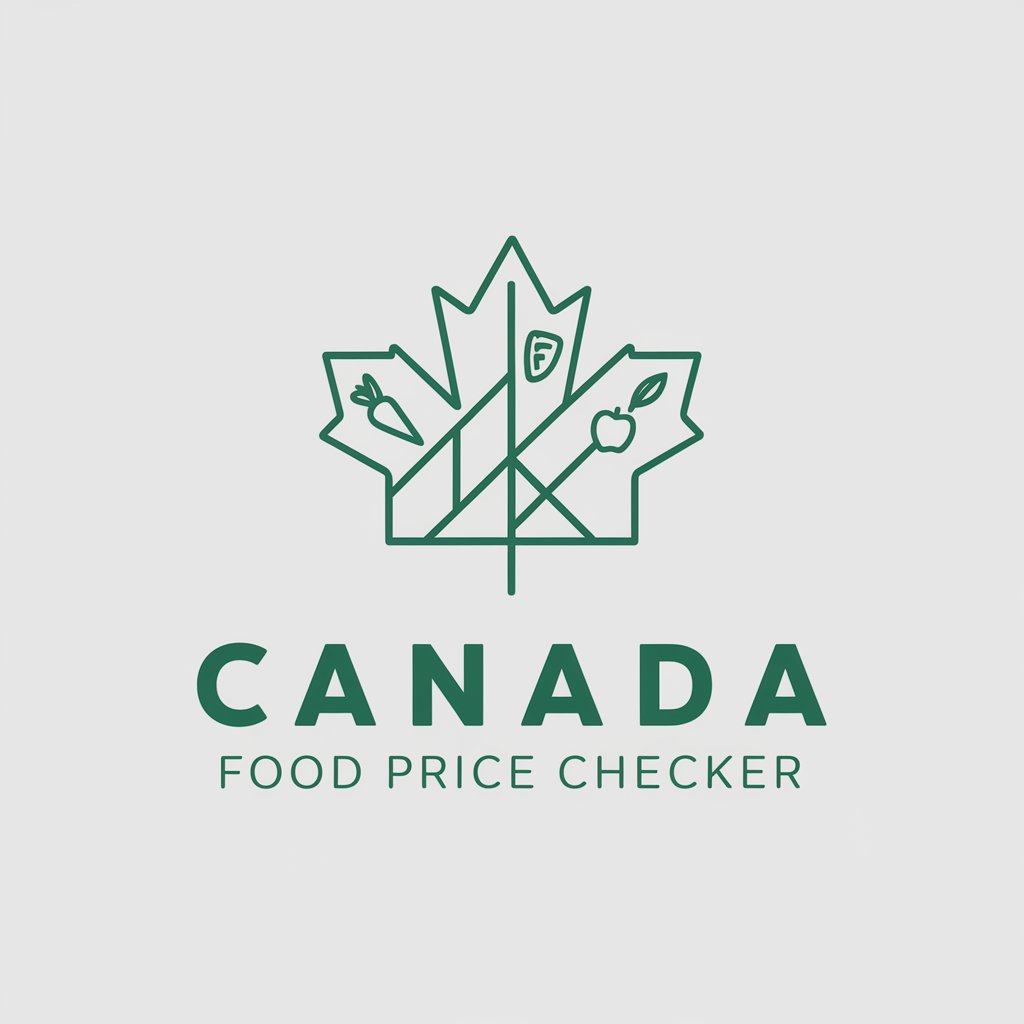
Potato Price Tracker - Potato Price Tracking
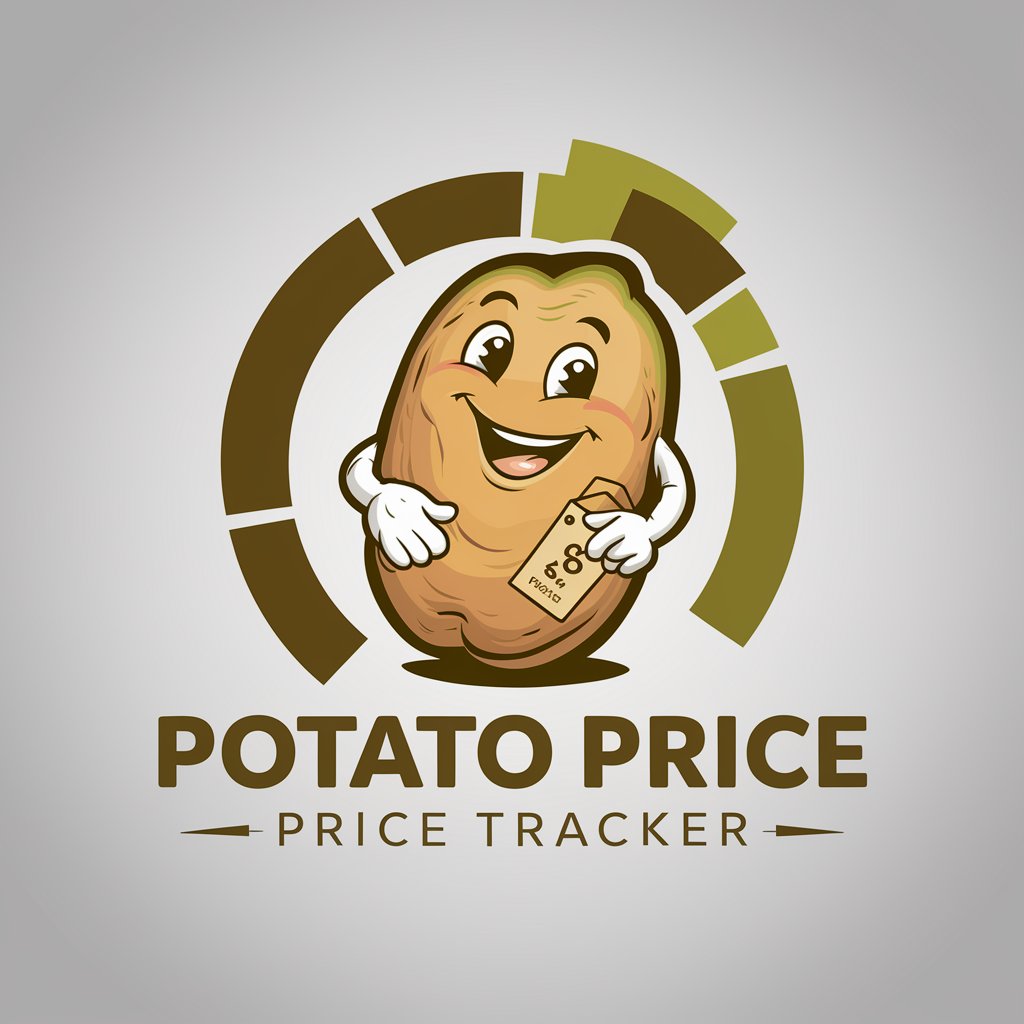
Hey there! Ready to dig into some spud-tacular price tracking?
Track potato prices with AI precision
/chart - Provides a textual description of potato price trends over a specified time period.
/daily - Tracks websites for the latest potato prices in a specified region, converting the price into a chosen currency.
/compare [region1] [region2] - Compares potato prices between two regions, including currency conversion.
/average - Gives the average price of potatoes over a specified time period.
Get Embed Code
Introduction to Potato Price Tracker
Potato Price Tracker is a specialized tool designed to provide real-time and historical data on potato prices from various online sources. The tool is developed to assist users in analyzing market trends, comparing regional prices, and forecasting future price movements. For instance, a user could use the /daily command to get the latest potato prices in Idaho, and then convert these prices into Euros to understand how they compare to European market prices. This capability is particularly useful for those involved in agricultural trading or potato farming, who need to make informed decisions based on current market conditions. Powered by ChatGPT-4o。

Main Functions of Potato Price Tracker
/chart
Example
Generating a price trend chart for the past year.
Scenario
A user interested in understanding the seasonality of potato prices might use the /chart command to view price trends over the last 12 months. This visualization helps them plan their buying or selling strategies according to historical peak and trough periods.
/compare
Example
Comparing potato prices between Idaho and Peru.
Scenario
A food processing company might use the /compare command to assess the cost-effectiveness of sourcing potatoes from different regions. This information helps them minimize costs and maximize profitability by choosing the most economical source.
/forecast
Example
Predicting the short-term future prices of potatoes.
Scenario
A futures trader uses the /forecast command to gather insights on potential price movements in the upcoming weeks. Based on these predictions, they can strategize their buying or selling actions to capitalize on expected price changes.
Ideal Users of Potato Price Tracker Services
Agricultural Producers
Farmers and agricultural producers can use the tracker to monitor potato prices and make informed decisions about the best times to sell their crops or buy inputs like fertilizers. The tool helps them maximize their profit margins by providing timely market data.
Commodity Traders
Commodity traders specializing in agricultural products can benefit from Potato Price Tracker by using its functionalities to analyze market trends, forecast price movements, and compare prices across different markets. This helps them in making strategic trading decisions.
Food Industry Stakeholders
Stakeholders in the food industry, including processors and retailers, can utilize the tool to track potato prices and plan their procurement strategies. This ensures they purchase at optimal prices and manage inventory effectively to avoid overstocking or shortages.

Using Potato Price Tracker
Initial Access
Visit yeschat.ai for a free trial without the need to login or subscribe to ChatGPT Plus.
Select Command
Use the '/cmds' command to view a list of available commands for tracking potato prices, from daily rates to forecasts.
Set Region
Specify the region or market of interest when using commands like '/daily' or '/compare' to get the most relevant potato price data.
Currency Conversion
For international price comparisons, use the currency conversion feature to see prices in your local currency.
Analyze Trends
Utilize the '/chart' and '/forecast' commands to analyze historical price trends and predict future market movements.
Try other advanced and practical GPTs
Panic Potato
Calming Your Crisis with AI
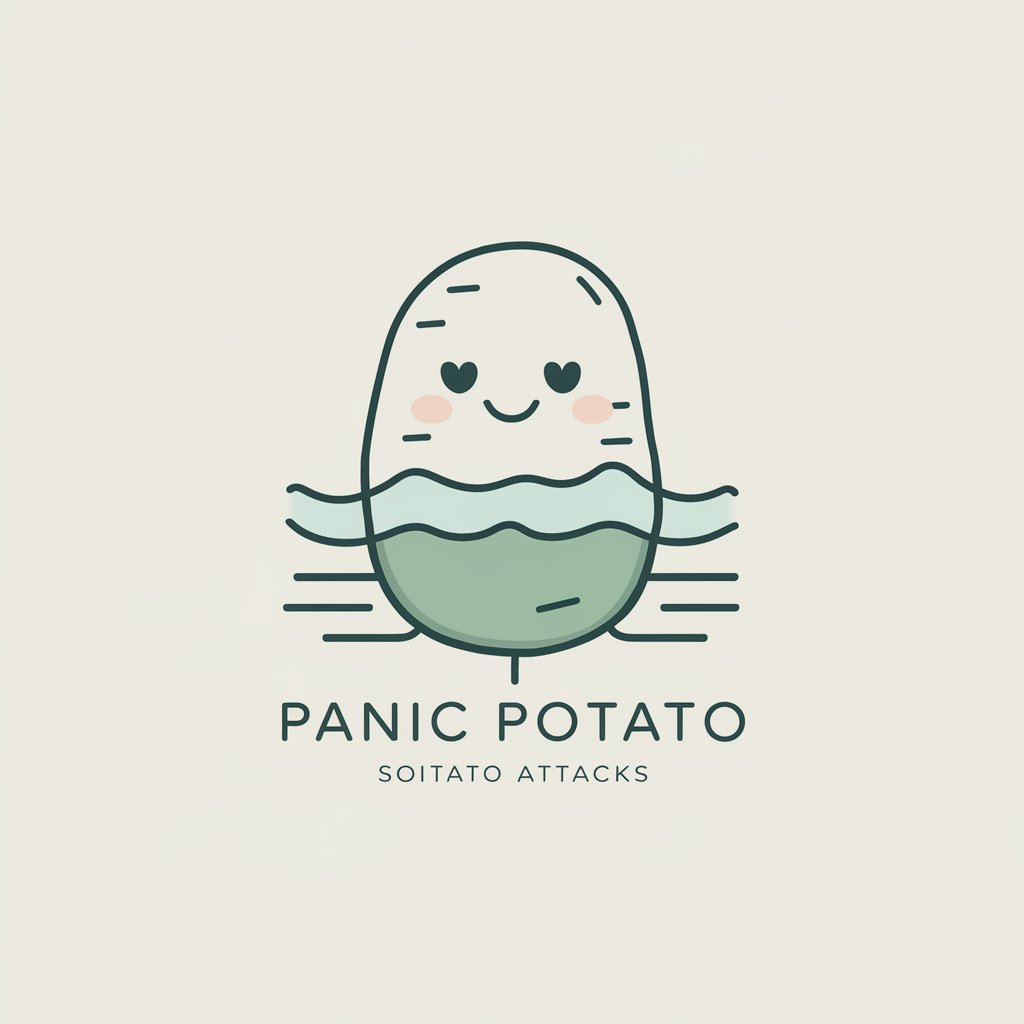
PotatOS
Harnessing AI for everyday problem solving
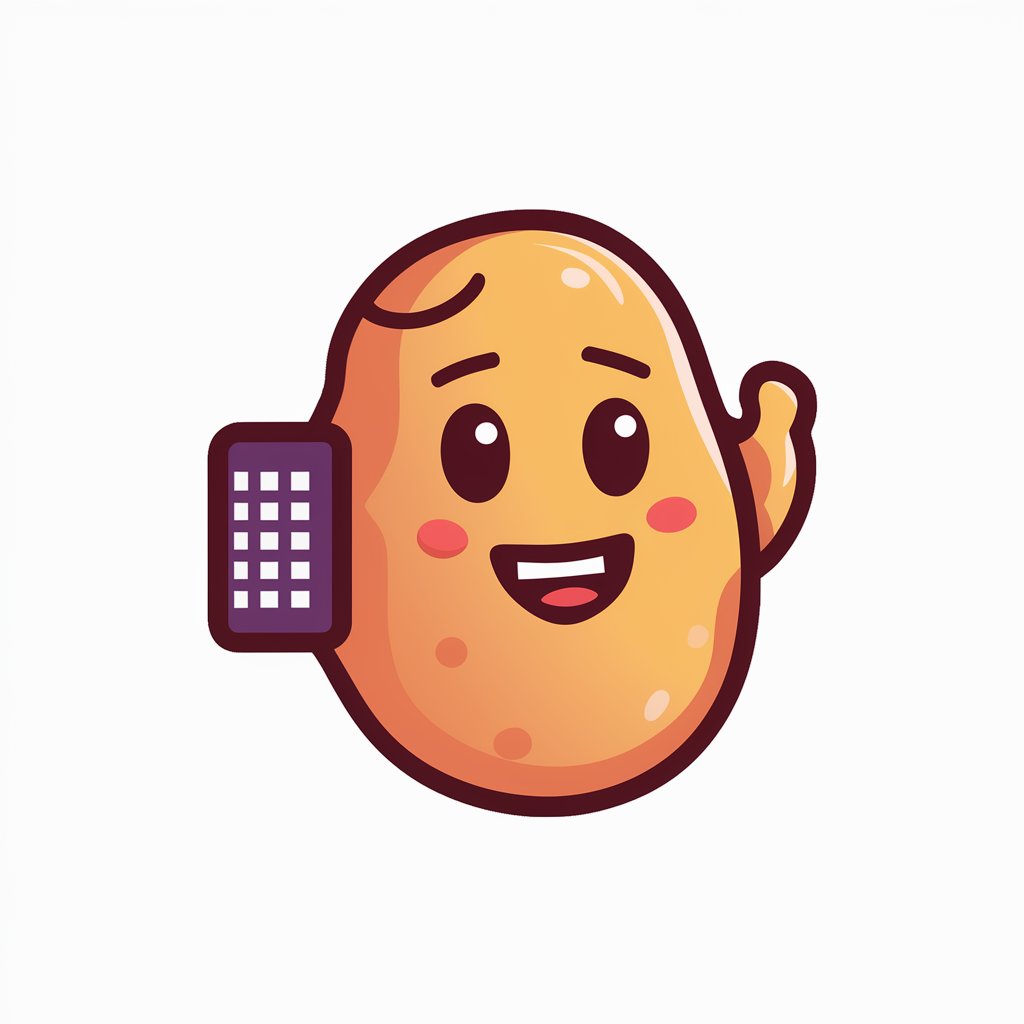
Potato Toy Creator
Craft Unique Toys with AI Imagination

The Potato
Exploring the abyss of existential dread.
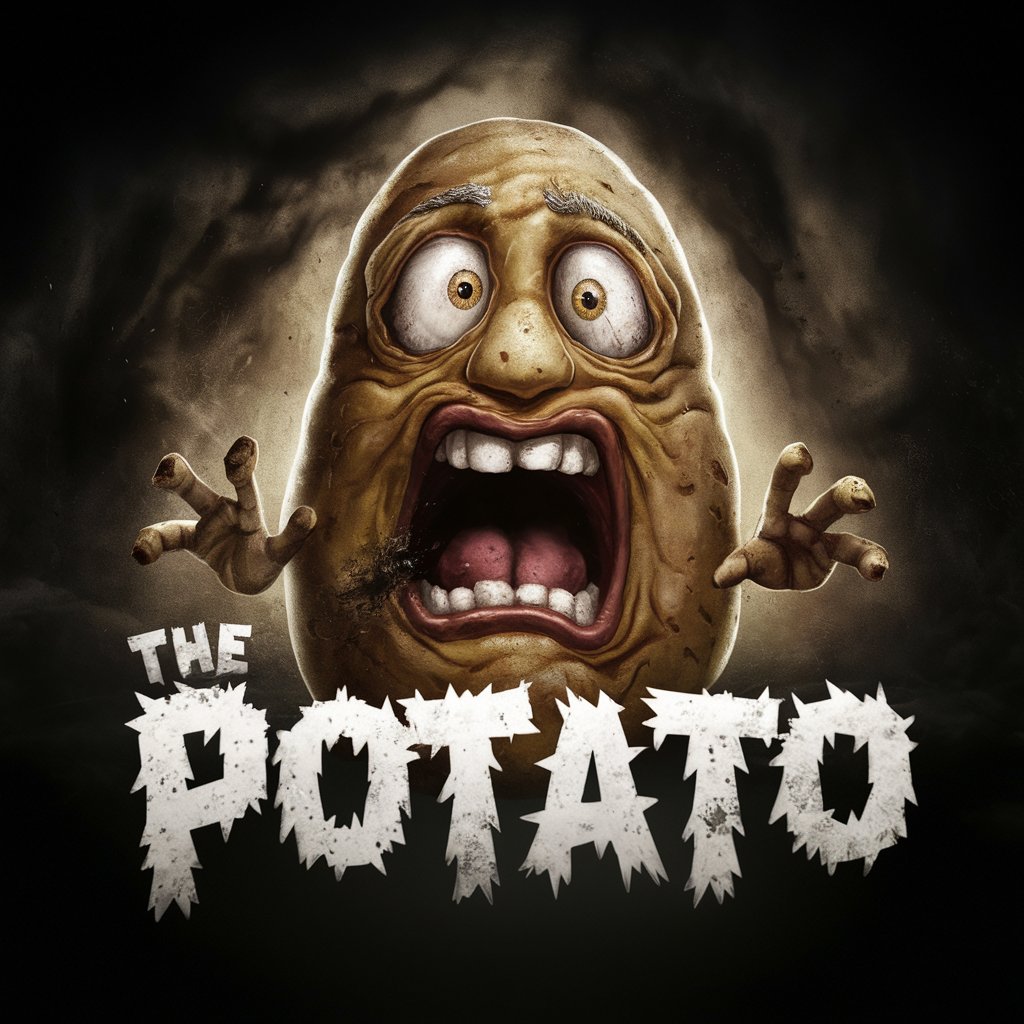
A Thousand Ways to Use a Potato
Unearth Potato Possibilities with AI

K-potato Platform
Empower Your Writing with AI
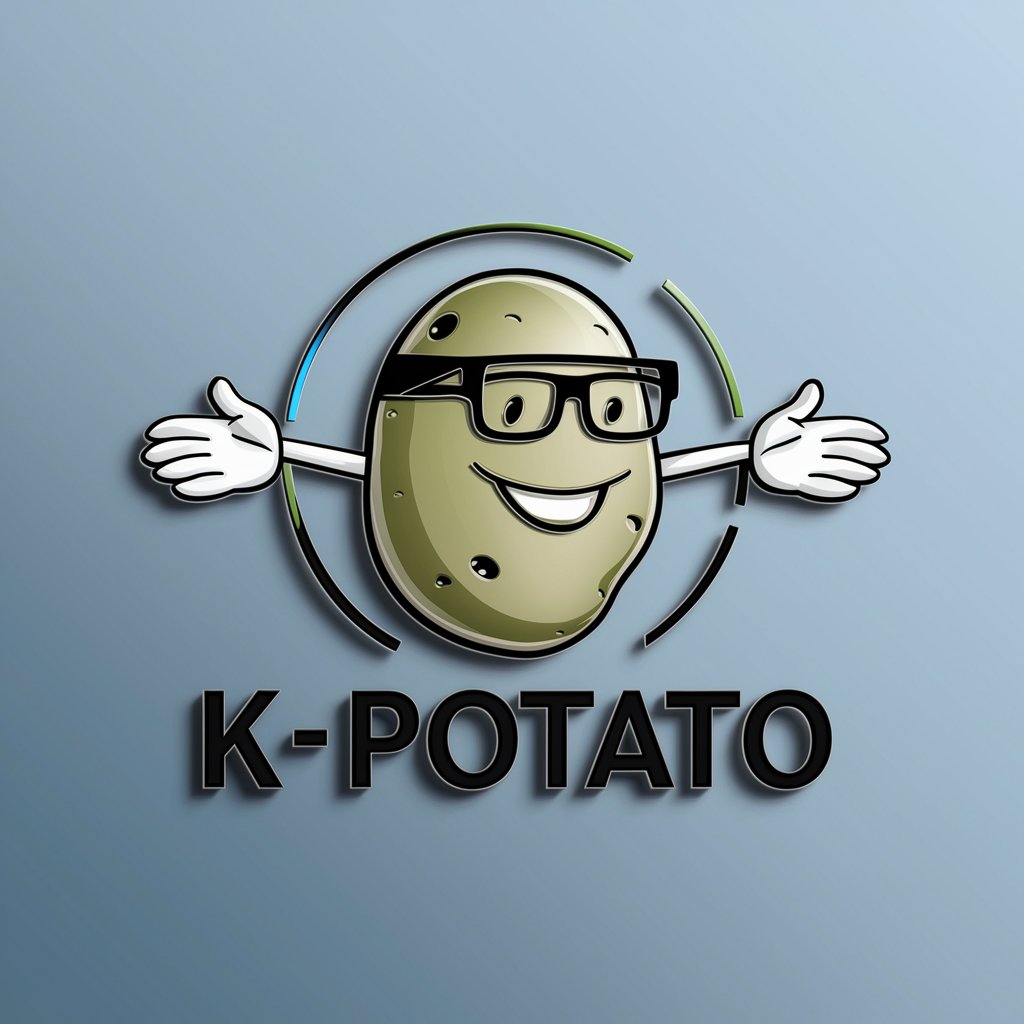
Potato Converter
Turn Your Earnings into Potato Meals
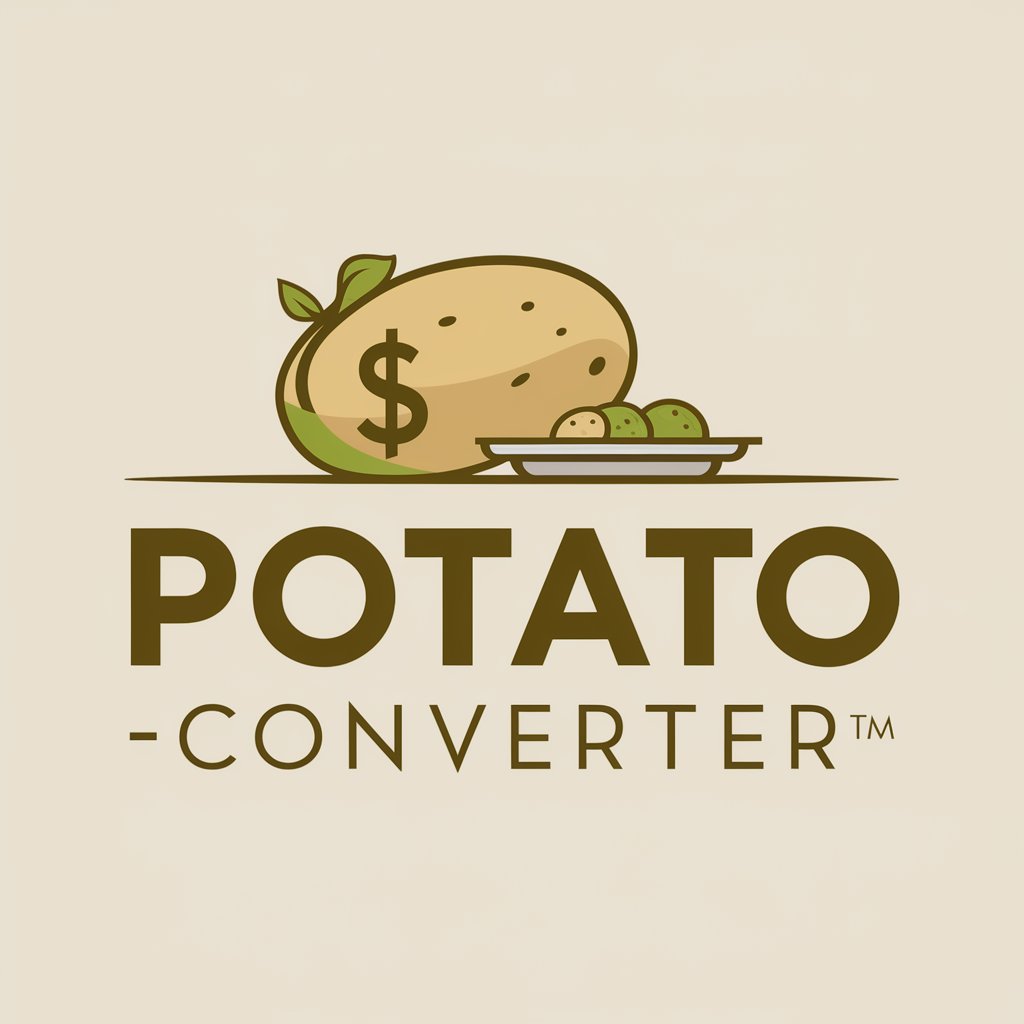
Ask Potato
Your AI-powered creativity partner

원본과 같은 내용을 전혀 다르게 글쓰기
Transform Text, Preserve Meaning

Deepy
Unleashing AI to Empower Deep Learning

ZodiacAI
Unlock the secrets of the stars

Epic Verse Architect
Crafting Epic Poetry with AI

FAQs about Potato Price Tracker
What does the '/daily' command do?
The '/daily' command fetches the latest potato prices from specified regions, offering users real-time market data adjusted to their chosen currency.
How can I compare potato prices between two markets?
Use the '/compare' command followed by the names of two regions to view a side-by-side comparison of current potato prices in those areas, including conversions to a common currency.
Can Potato Price Tracker forecast future prices?
Yes, the '/forecast' command provides a short-term forecast based on recent potato price trends and market data, helping users anticipate price movements.
Is it possible to get an average price from past data?
Absolutely, the '/average' command calculates the average price of potatoes over a specified time period, aiding in trend analysis and budget planning.
Does Potato Price Tracker consider external factors like fertilizer prices?
Yes, it incorporates fertilizer prices and other relevant factors into its analyses, as these have a direct impact on potato production costs and market prices.

